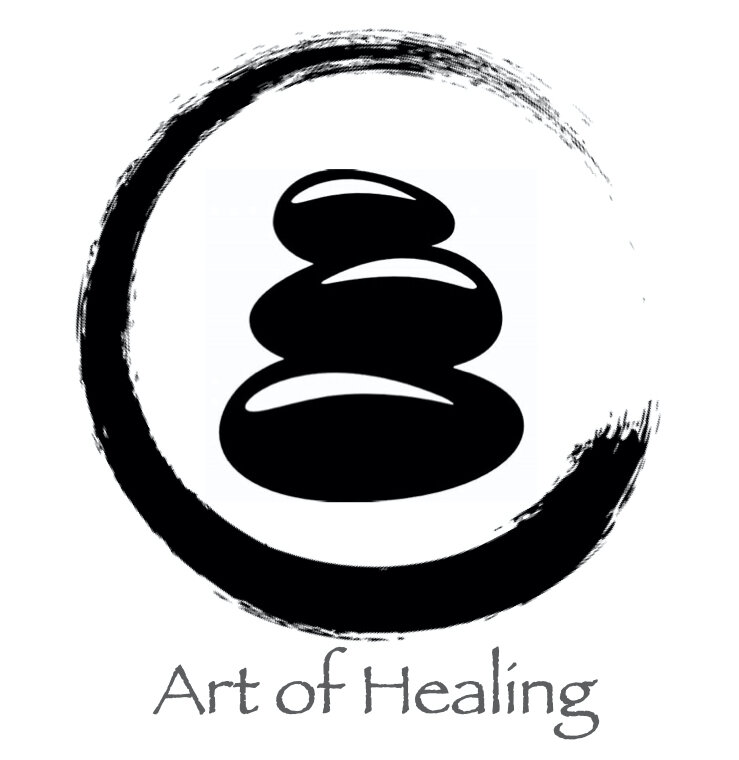Mindfulness Walks Part 3: Street and Public Art
Mindfulness & Walking
As I wrote about in Parts 1 and 2 of Mindful walks, we can tap into the wonder of our surroundings when our senses are heightened in the present moment. This is the third of a multi part series into the benefits of mindful walking. Each part will encourage you to focus on a different element. Today we’re going to focus on the creativity and power of street and public art!
Benefits of Walking and Street and Public Art
Walking has many physical health benefits and can also have an impact on our mental health including elevated energy levels and reducing anxiety and depression. When we walk mindfully, we can further reduce stress and tension further by being truly present, getting in a flow state and leave our stressors behind. Street and public art reminds people to feel alive. It wakes people up. It inspires. It motivates. And sometimes it can make people think, laugh or cry. Art is all about expression, analyzing and raising issues, protesting or beautifying. Street and public art takes the ‘normal’ and make it a much more interesting. When we go to an art gallery or museum we’re expecting to see art, when we are walking down the street it can be really fun to be unexpectedly come across art. Public art can enhance our experience, whether we are at a beach, in a park or in front of a building.
Street art plays an important role in the cultural space of most communities, public discourses, and galleries. In the past few years, it has become more accepted and there has been a growing interest in this remarkable form of art which has colored major cities. People have started accepting the creativity in people who were seen as vandals. Drawing whatever you want on the streets is freedom. You don’t have to be a legitimate artist, have thousands of followers or be taken seriously by an art agency.
Street art is the most diverse form of expression that anyone can use. Street artists in different countries are usually inspired by the current styles and cultures. Many street artists use aliases or remain anonymous for legal or privacy issues. Street art is usually influenced by social and political issues and anonymous artists can more freely express themselves. When people don’t have the power to change things, they can express their defiance or anger through this kind of art. In some areas, building owners and professional artists come together to encourage artists to beautify the area and revive it instead of destroying it.
How do you feel looking at this? Did it make you smile? I know it enhanced my experience!
Artists creations are often inspired by the personal connection they have with their neighborhood. In most cases, such creations are created with the permission of the owner of the premises. Street art is diverse from every way you look at it. There are so many types of street art, from paste-ups to murals; stencils to tags… and so, so many more. There are street artists in nearly every country in the world who are influenced and inspired by a multitude of cultures and styles, resulting in a wide and expansive body of urban art that can be found all over the world. New pieces pop up by the second… as other pieces get removed or erased. You could never keep up with the changes!
What do you think or feel when you see some of the creations below?
Are you listening? Are you really seeing?
During a mindful walk we can use our senses to focus on street or public art. We take in the colors, shapes, images, words and are drawn in by the mystery. There is often mystery in street or public art, like “Who created this?” “What does it mean?” “Why did they create or install it here?” Sometimes we ask “How did they get up there?!” Using our phones (or cameras!) to take photographs, our creativity is sparked which encourages us to see, and then find the beauty around us. When you take a photo does it make it more interesting to include some adjacent architectural or natural elements? I am fortunate that here in Oakland there is a staggering amount of street art. When I travel I research where I can find street and public art.
Questions to ask yourself on a walk
How does your body feel at the beginning of your walk? Where do you hold your tension? What do you notice about your breathing? How far did you have to go to find street or public art? Where is it found? What is it about that area that it is more prevalent? What were some of the messages that were made through the art? Were there any commonalities? Did you notice that some of the art did not require words? Did anything you saw shock you or make you angry? Did anything make you laugh? Which art captured your attention the most? Why? If you were to make street art what would be the subject? Why? How do you feel about street art? What was it like to take photos of things you saw? Did it affect your ability to “see” more? What did you think about on your walk? How does your body feel at the end of your walk? Do you notice less tension?
I’d love to hear from you! How was that? What other things did you notice? Were you surprised by anything on your walk? Did you make any discoveries? How did it feel taking photos? Any other questions you think would be good for someone to ask themselves before setting out?
Next time we’ll be focusing on something else to look for on your walk, something that is accessible to most!



























